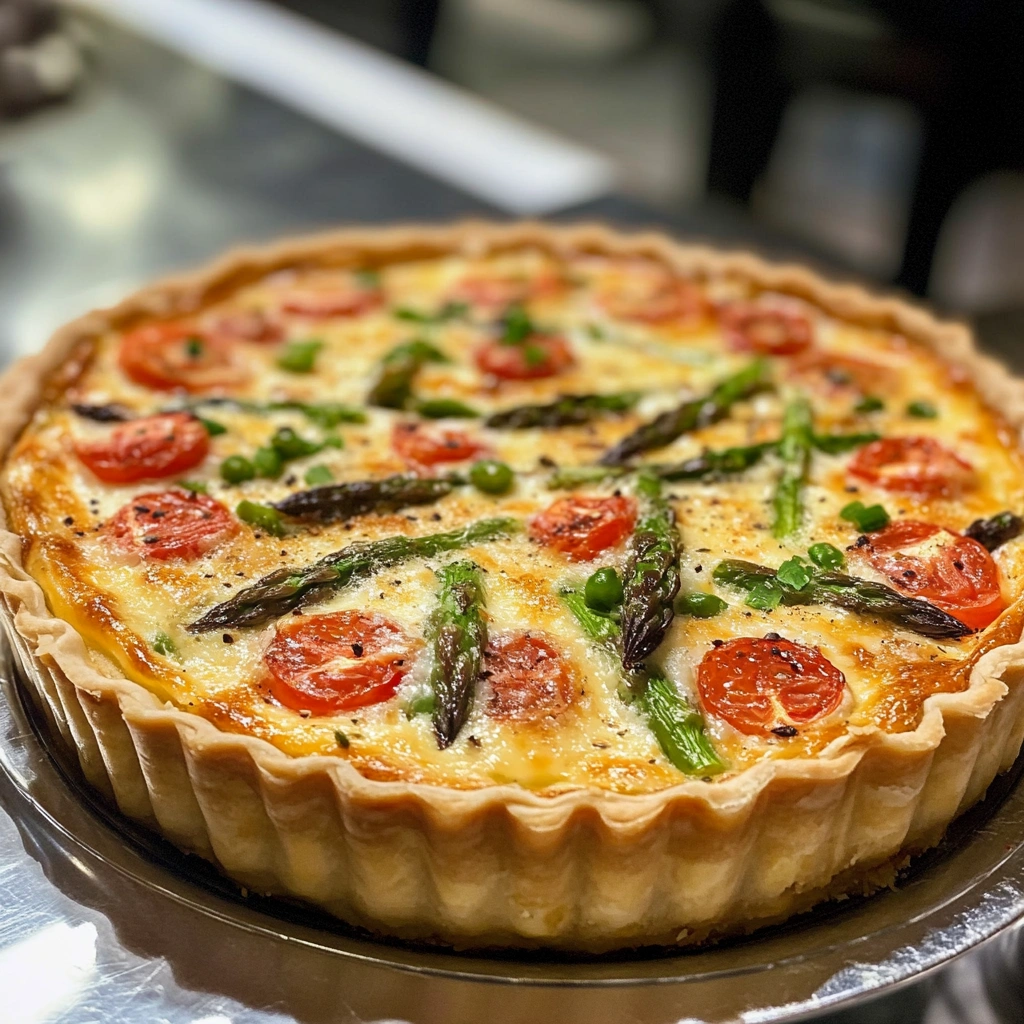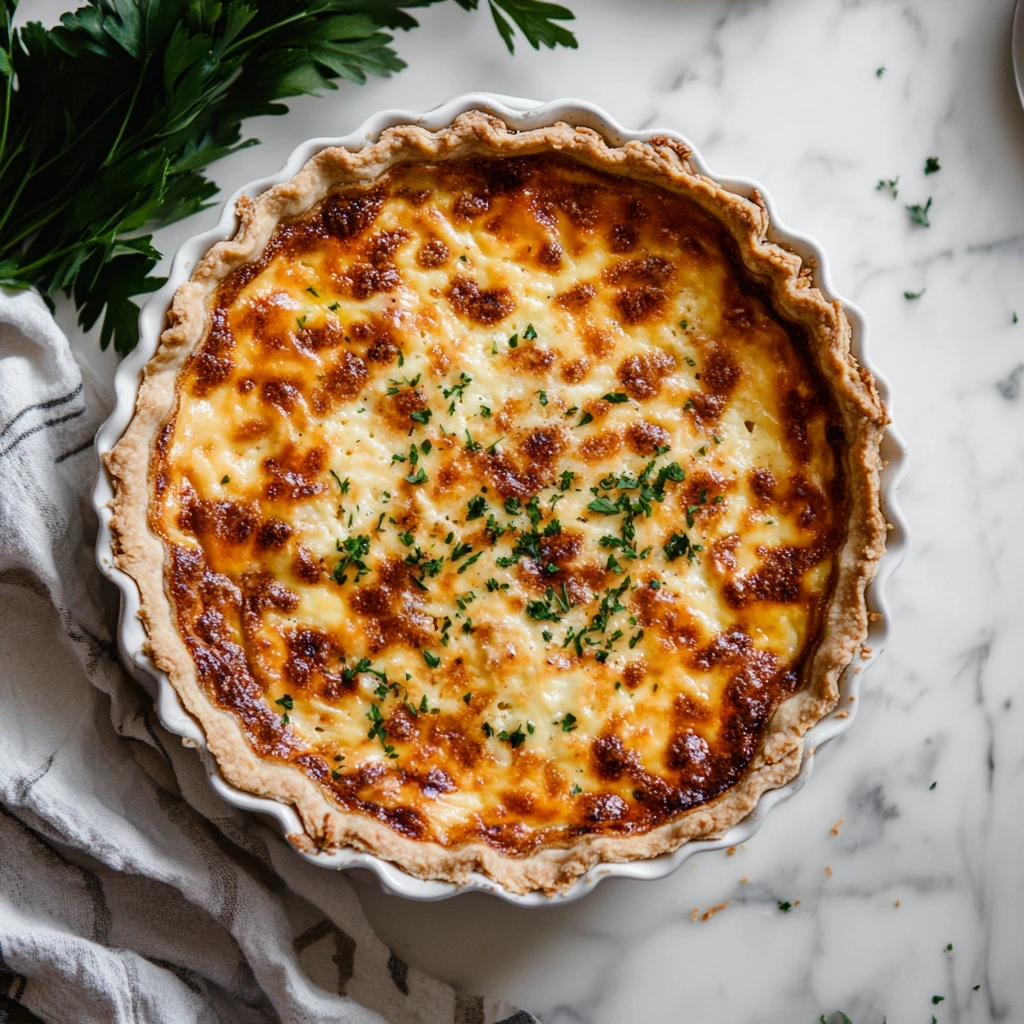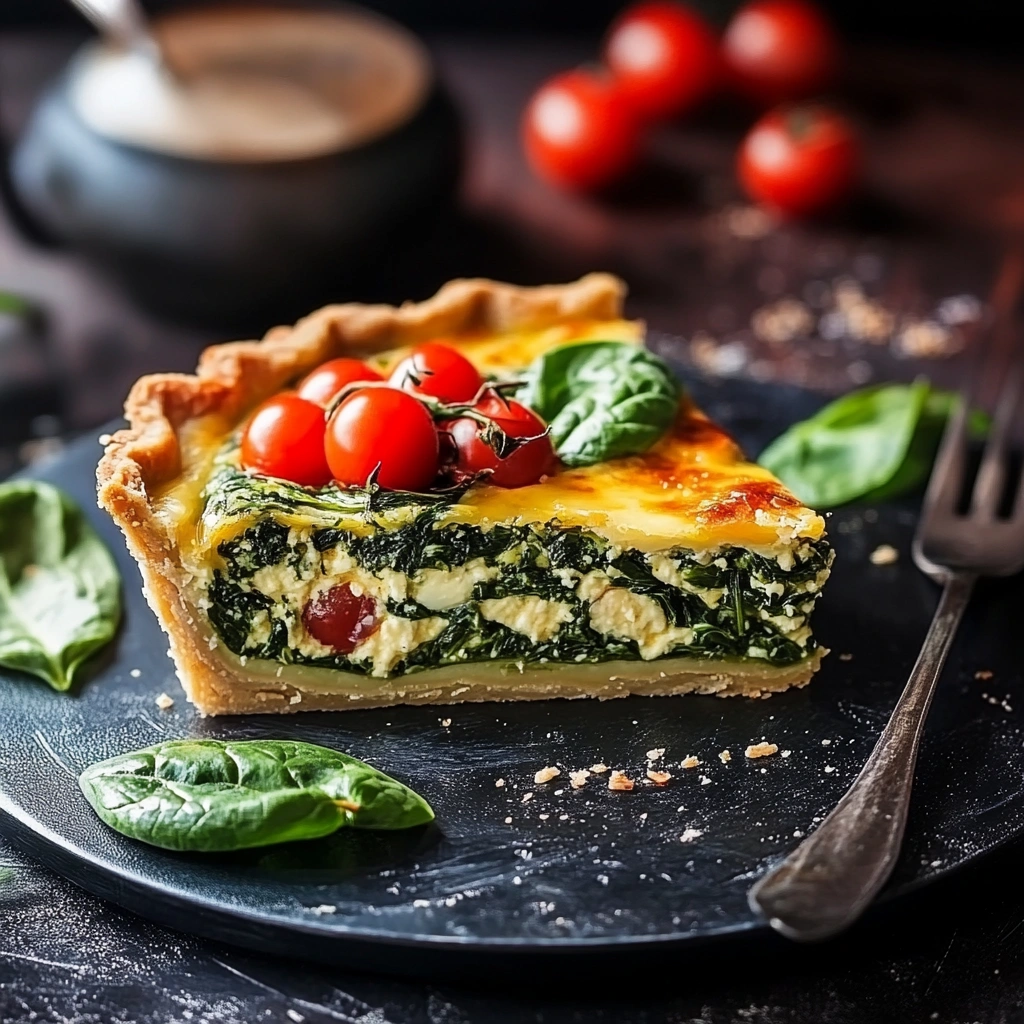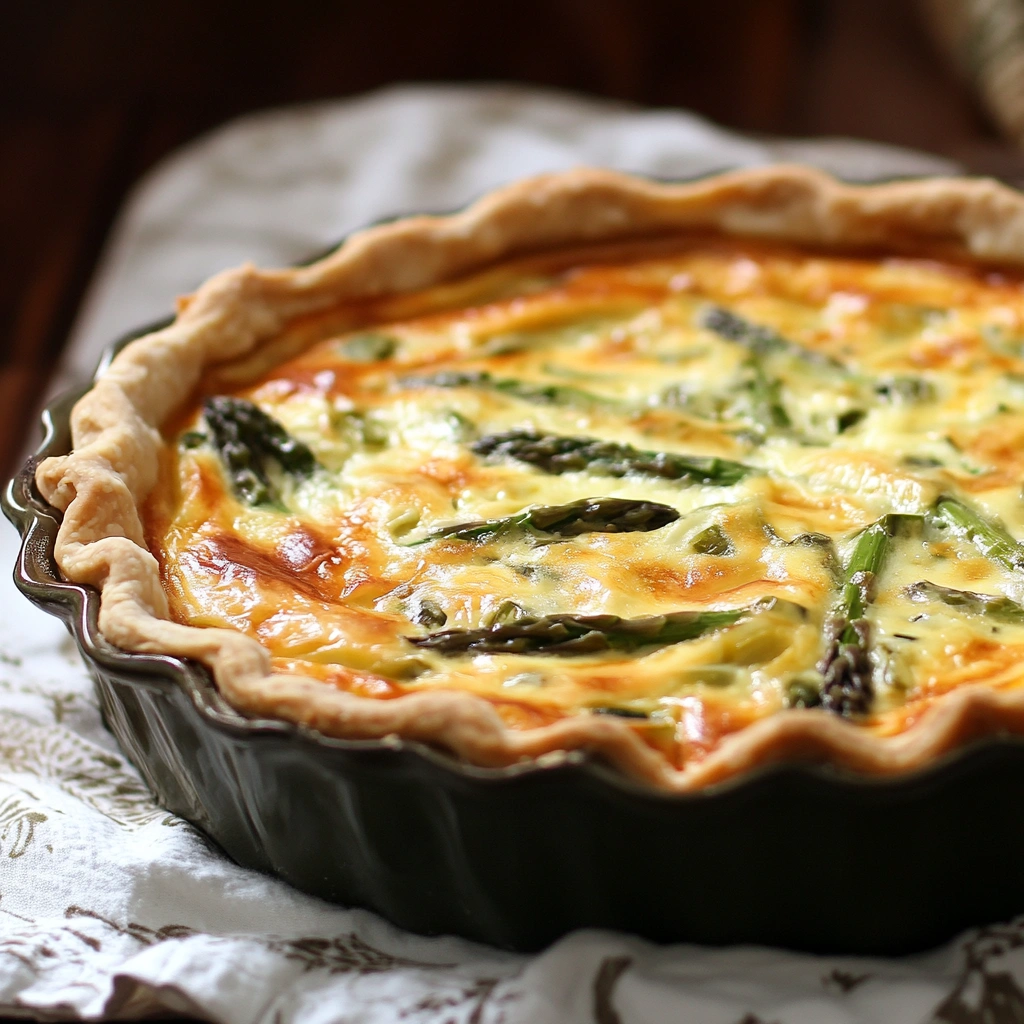
More Than Just a Crust — It’s the Foundation of Comfort
Have you ever bitten into a quiche and felt underwhelmed by a bland, soggy crust? It happens more often than you think. But here’s the good news: you can learn how to make the perfect quiche crust recipe from scratch that adds buttery flakiness and structural integrity to every slice. The crust isn’t just a base—it’s the stage on which the stars (your fillings) shine. Whether you’re prepping for Sunday brunch, a holiday feast, or a quiet dinner at home, mastering this crust will elevate every dish you create.
Table of Contents
Why the Crust Matters in Every Quiche Recipe

The crust is often overlooked, yet it plays a pivotal role. A soggy or too-hard crust can throw off the texture and balance of your dish. Here’s why the crust matters:
- Texture Harmony: A flaky crust complements creamy fillings.
- Flavor Contrast: Buttery pastry enhances savory or cheesy layers.
- Structural Support: Holds together without falling apart or leaking.
You wouldn’t serve a sandwich with stale bread—so why skimp on your quiche crust? Starting from scratch gives you control over taste, texture, and quality.
Ingredients You Need for the Perfect Quiche Crust Recipe

Ingredient Table
| Ingredient | Quantity | Notes |
|---|---|---|
| All-purpose flour | 1 ¼ cups | Sifted for even blending |
| Unsalted butter | ½ cup (1 stick) | Cold and cut into cubes |
| Salt | ½ tsp | Balances and enhances flavor |
| Ice water | 3–5 tbsp | Add slowly until dough binds |
Why Each Ingredient Matters
- Flour: Provides the structure for your dough.
- Cold Butter: Creates pockets of fat that form layers, resulting in flakiness.
- Salt: Essential for flavor.
- Ice Water: Prevents gluten development and keeps butter from melting.
Step-by-Step Guide to Making the Quiche Crust from Scratch
You don’t need to be a pastry chef to nail this. Here’s a foolproof process that ensures consistency every time.
Instructions (with Pro Tips)
- Cut the Butter into the Flour
Use a pastry cutter or your fingers. Mix until the mixture resembles coarse crumbs. - Add Ice Water Gradually
Start with 3 tablespoons. Add more only if the dough is too dry. It should hold together when pinched. - Form, Flatten, and Chill
Shape the dough into a disk, wrap it in plastic, and refrigerate for 30–60 minutes. - Roll and Fit into Pan
On a floured surface, roll the dough to about 1/8 inch thick. Gently transfer it to a pie or tart pan, pressing it into the corners. - Dock and Blind Bake (Optional)
Prick the base with a fork. Line with parchment and fill with weights or dried beans. Bake at 375°F for 15 minutes, remove weights, and bake for another 10 minutes until golden.
Common Pitfalls to Avoid
- Overmixing: Leads to a tough crust.
- Skipping the Chill: Results in shrinkage and less flakiness.
- Adding Too Much Water: Makes the crust gummy.
Variations to Try with This Quiche Crust Recipe

Once you master the basics, you can experiment with dietary or flavor-based variations:
- Gluten-Free Crust: Use a mix of almond flour and tapioca starch.
- Vegan Crust: Replace butter with chilled coconut oil or vegan butter.
- Whole Wheat Option: Swap half of the all-purpose flour with whole wheat for a nuttier flavor.
These variations let you customize your quiche for any dietary need or taste preference.
Make-Ahead and Storage Tips
Your time is valuable, and this recipe respects that. Here’s how to make it work for your schedule:
- Refrigeration: Dough can be stored up to 2 days in the fridge.
- Freezing: Wrapped well, it can be frozen for 3 months.
- Blind-Baked Shells: Once baked, store at room temp for 2 days or freeze for later use.
Expert Tips for a Foolproof Quiche Crust Recipe
These kitchen-tested insights will take your crust from good to great:
- Chill everything: From your butter to your bowl.
- Roll between parchment: Easier handling and cleaner results.
- Don’t stretch the dough: Gently lift and fit, don’t press forcefully.
- Use a metal or ceramic pan: For even heat distribution.
FAQ – Quiche Crust Recipe Questions Answered
Can I make quiche crust without a food processor?
Absolutely. Your hands or a pastry cutter do the job perfectly.
Why does my quiche crust get soggy?
Usually from skipping the blind bake or adding too much liquid to your filling.
Can I use olive oil instead of butter?
Yes, but it alters the texture. Expect a more crumbly, less flaky result.
How thin should I roll the dough?
Aim for 1/8 inch thickness to ensure even baking and crisp texture.
Conclusion: A Crust You Can Be Proud Of
You’ve got the know-how, now it’s time to make it happen. This quiche crust recipe isn’t just about technique—it’s about confidence in the kitchen. From that first buttery bite to the last crumb, you’ll taste the care you put into every step. So go ahead—roll it out, bake it up, and savor the results.
Call to Action
Tried this recipe? Share your results in the comments below or tag us with #MyPerfectQuiche. Hungry for more kitchen wins? Subscribe to our newsletter and never miss a delicious moment.

